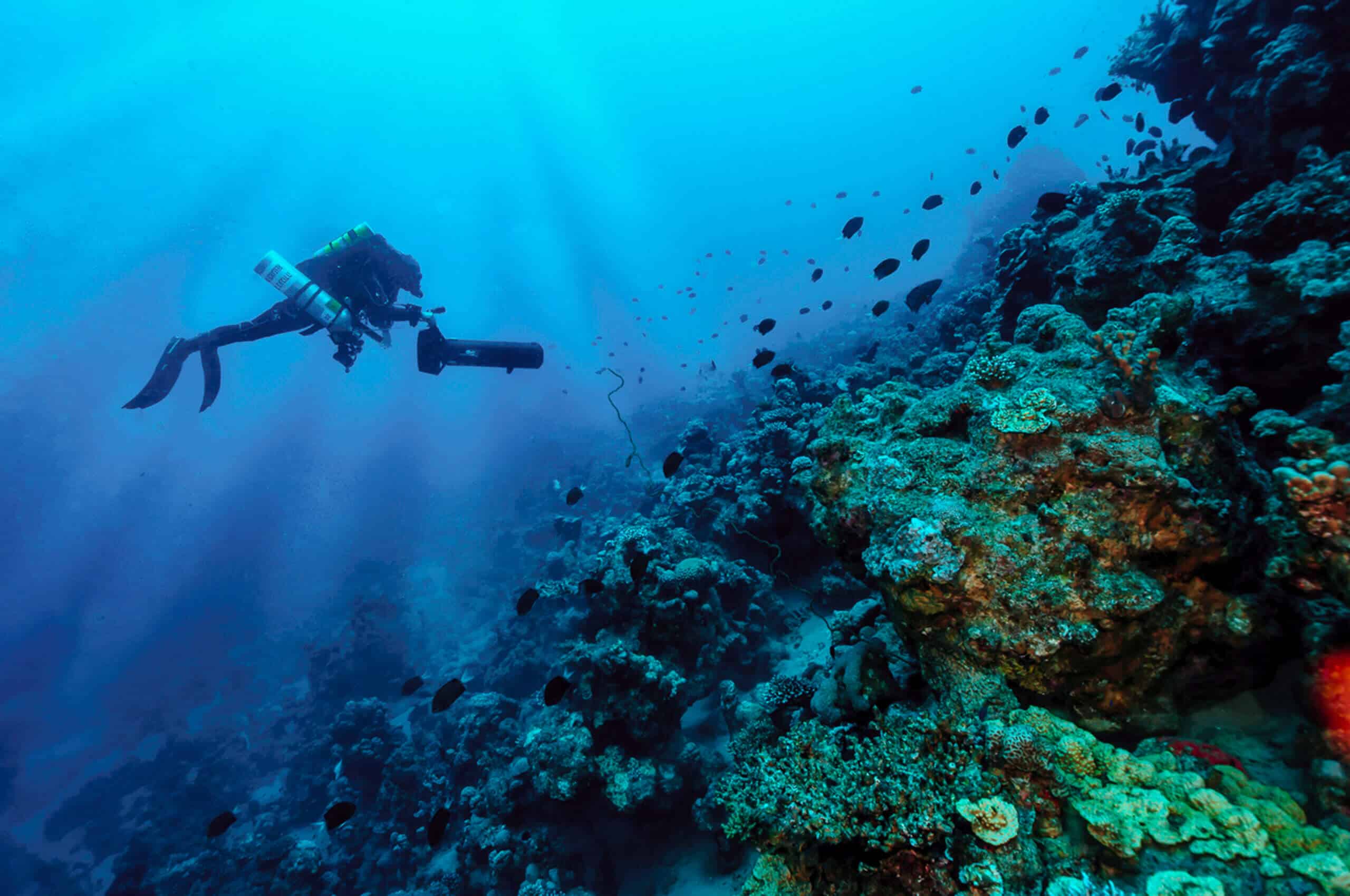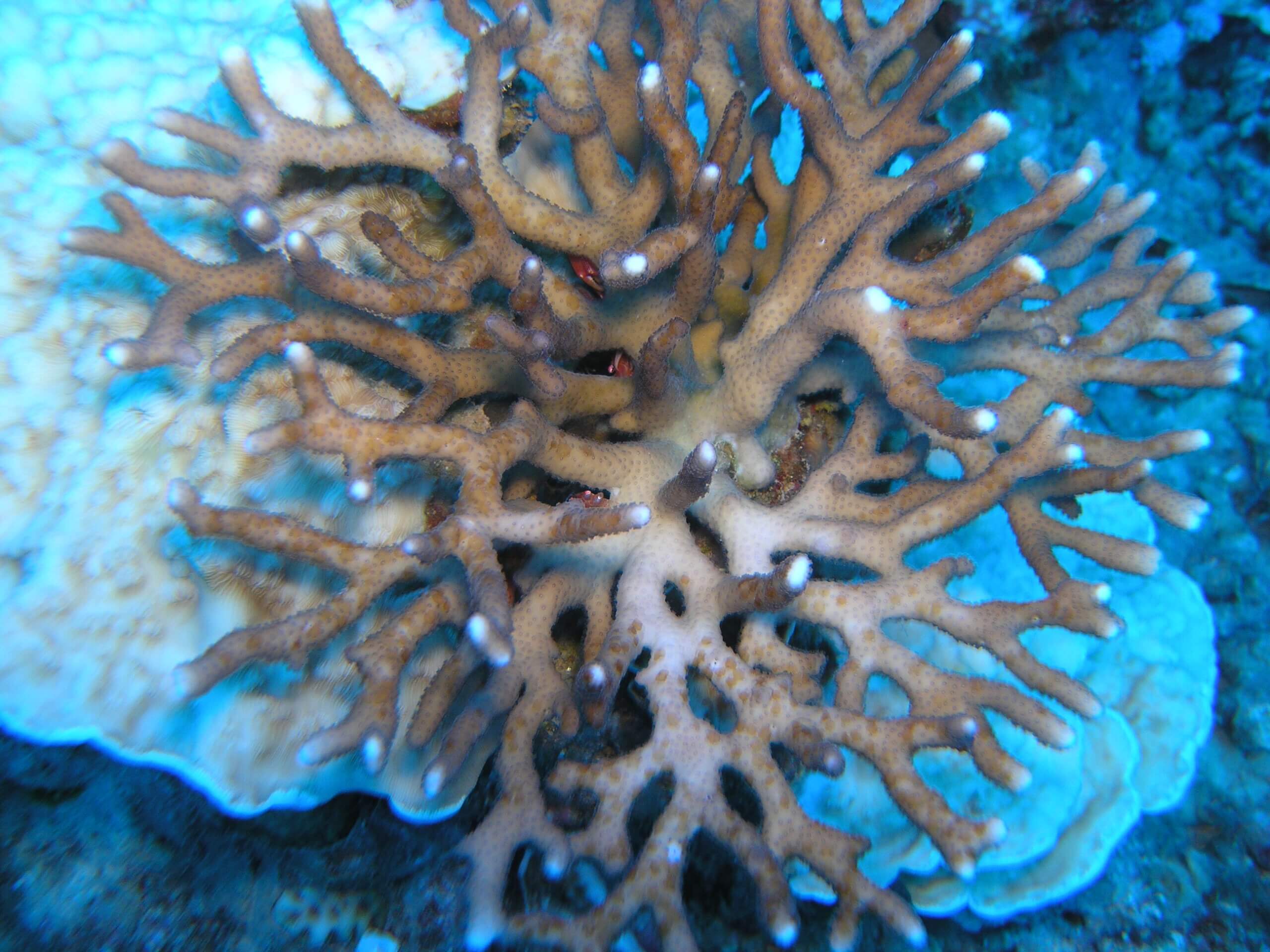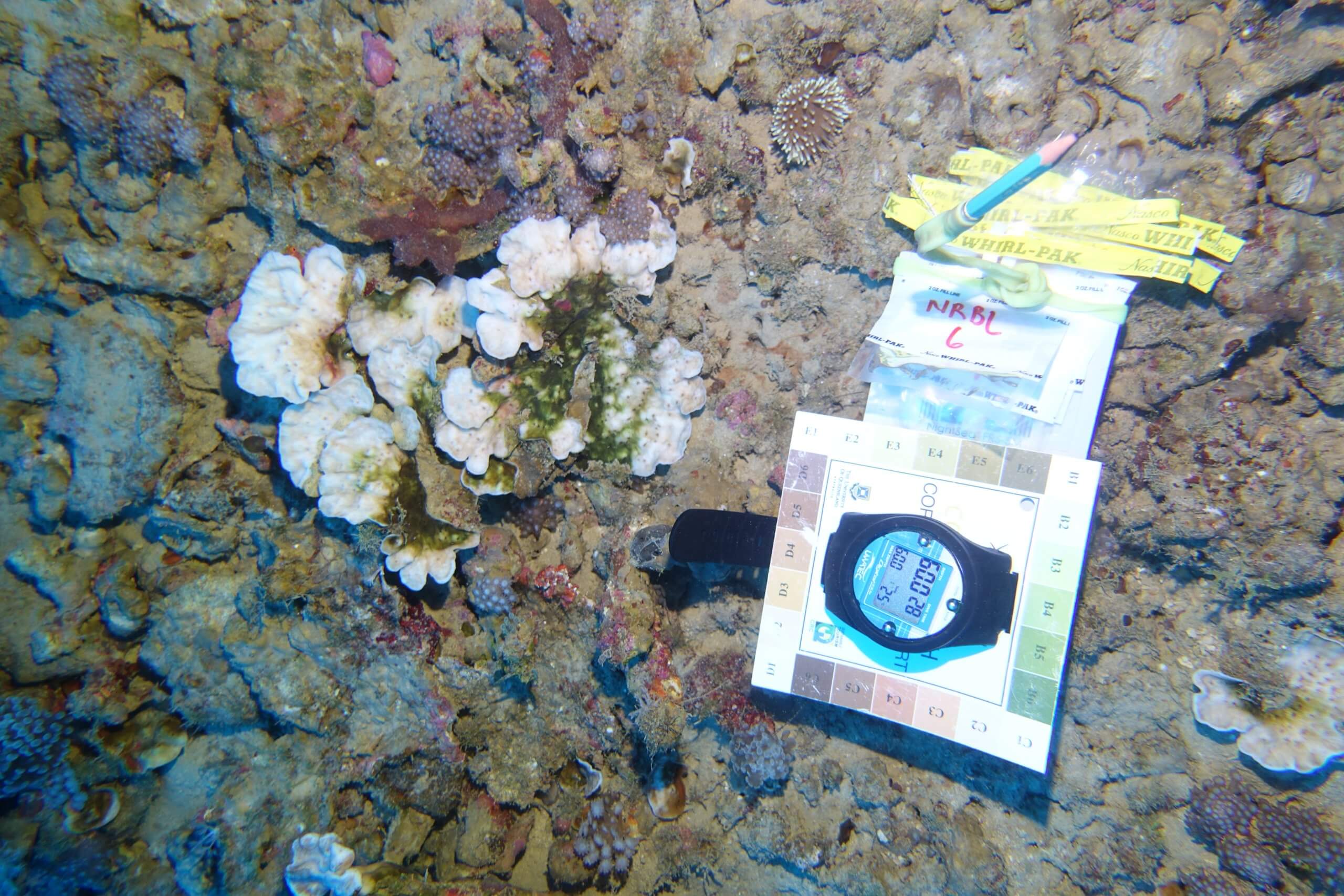A new Israeli study reveals that, contrary to what was thought until now, the deep coral reefs in the Gulf of Eilat are vulnerable to the phenomenon of coral bleaching, which endangers many reefs around the world
By Gili Cohen, Angle - news agency for science and the environment

There is no doubt that coral reefs are one of the most colorful habitats on Earth. The meaning of the coral's scientific name, Anthozoa, is "flower animals" in Greek - and indeed, meeting them can feel like watching an underwater "bloom", as anyone who has had the special experience can testify, either with a simple snorkel or scuba diving. However, many reefs around the world are currently in danger, and unfortunately, this special habitat suffers from severe damage.
One of the dangers that reefs have faced in recent years is the phenomenon of coral bleaching - from the unfortunate effects of the climate crisis and rising sea temperatures. Until recently, we could take solace in the findings that testified which we have in the Gulf of Eilat, the coral reef manages to withstand the destructive phenomenon that affects many reefs around the world. hall, A new Israeli study conducted in the southern city found that the deeper reefs in the gulf are much less resistant than previously thought - and they, like many reefs from around the world, are suffering from the severe effects of the climate crisis.
When we think about rising temperatures as part of the climate crisis, it is likely that the first thing that comes to mind is Extreme heat wave which is accompanied by huge fires, like the one that plagues Europe this summer. However, the increase in temperatures is also reflected in the increase in sea temperature - trend which began at the beginning of the 20th century, when in the last three decades the highest sea surface temperatures ever were measured. This phenomenon, combined with an increase inthe acidity of the water, causes corals to feel stress and severely damages coral reefs around the world. an increase of Only one degree Celsius may cause the algae, which are responsible for the energy consumption as well as the color of the corals, to leave them, leaving the reefs to build – which could lead to widespread coral death.
The reef in Eilat is not as durable as they thought
The new research was carried out for over a decade, by Dr. Gal Eyal, a marine biologist and post-doctoral student at the Faculty of Life Sciences at Bar-Ilan University, and his research partners: Prof. Oren Levy (Faculty of Life Sciences at Bar-Ilan University and the Inter-University Institute for Marine Sciences in Eilat) R. Or Ben Zvi and Dr. Raz Tamir (School of Zoology at Tel Aviv University and the Inter-University Institute of Marine Sciences in Eilat), Dr. Yoav Lindman (Institute of Marine Sciences at the Hebrew University and Inter-University Institute of Marine Sciences in Eilat) and Nathaniel Kramer (Doctoral student at the School of Zoology at Tel Aviv University). The researchers monitored the mesophotic reefs in the Gulf of Eilat: reefs located at a depth of more than 50 meters, to which a small amount of light reaches. Until now, these reefs were considered more immune to the temperature rise. Every month, the researchers returned again and again to the same places to make measurements and conduct surveys, with the aim of finding out whether the corals in these areas are sensitive to the increase in sea temperature. Besides the measurements, the researchers also made use of the data From the national monitoring program of the Eilat Bay, in which the reef company in the Gulf is sampled and photographed, and analyzed the findings, which are now published for the first time.

As mentioned, until now the explanation was that the deep reefs heat up relatively slowly: one would think that the water in the shallow areas would heat up at a faster rate than them, following the effect of the increase in temperature on land. However, the study's findings left the researchers surprised. "In the analysis we did, we saw something relatively unusual that we didn't think possible: for the past 15 years, the temperatures at depths of 100-50 meters have been rising at a faster rate than the temperatures in the shallow area," says Eyal.
"Currently we do not have an unambiguous physical oceanographic explanation for this phenomenon, but the reason may be that the currents in the area are slower due to the structure of the reef," says Prof. Oren Levy.
The research findings reveal that, contrary to what was thought until now, unfortunately, when it comes to the deep reefs, the Gulf of Eilat is not a refuge area from the rise in global temperatures and the bleaching of corals. "In 5 of the 10 years between 2020-2010, we found that coral bleaching occurred in the deep areas," says Eyal. "The phenomenon of coral bleaching in the reef first started in 2010, when there was a very strong bleaching, after which it appeared again in 2015, in 2018, in 2019 and in 2020. In the article, we focused on the first three mass laundering incidents out of the five," says Eyal. The bleaching events led to the death of 50 percent of the coral community at a depth of 60 meters in Eilat. "These were very surprising findings, which unfortunately prove that mesophotic reefs are not immune to coral bleaching, that they are in danger and undergoing degradation in the Red Sea in the last decade."
Higher heatstroke
Eyal suggests two reasons for deep coral bleaching. The first is of course the faster warming of the water at depth that was discovered in the study. And the second, is that the species found in the deep areas are less resistant to heat - therefore the stress they experience as a result is greater. "The heat stress experienced by corals in mesophotic depths is almost twice as high as in nearby shallow reefs," explains Eyal.

In the article, the researchers present a theory that explains why there is no bleaching in the shallow areas, but there is in the deep areas, which they call "Vertical Isolation". "There is a theory according to which the corals that live in the shallow waters in the Gulf of Eilat came from the Indian Ocean, which is warmer, through Egypt, which is at the edge of the Red Sea," says Levy. "Egypt restricts so that only warm and upper waters pass, and that's how corals arrive that are initially resistant to higher temperatures. Basically, there is a separation along the water column, when there are species that are found only in the mesophotic depth, and they are the ones that are more sensitive to temperature changes and undergo bleaching - as observed in the study."
Relevant to every coral reef in the world
"Fortunately, in Israel, nature conservation in the deep areas is very good," compliments Eyal. However, according to him, in other parts of the world the situation is more worrying, and he and the other researchers are calling for a global understanding of the importance of the deep regions. "In general, in the world, these areas are considered 'far from sight and far from heart' - nobody really cares what happens in the great depths." In addition, he says that the approach today means that if and when the water temperature rises in the shallow areas, the various species will be able to go deeper to escape the heat, and the deeper areas will serve as a refuge for them. However, as the research findings show, this may not be possible.
"Our research is relevant to every coral reef that exists in the world, and it indicates that they may need more extensive conservation than what exists today," says Eyal. "It is important that we understand that the distance from the shore or the depth from the water does not necessarily protect these animals - what protects them is the actions we take on their behalf, such as reducing fishing and declaring marine reserves."
More of the topic in Hayadan:
- The corals are crying out - we must take the pressure off the Red Sea
- The collapse of the coral reef in Eilat worsened because of the storm in 2020; Extinction of marine species and increase in sea temperature
- Scientists call on UNESCO: preserve the coral reefs in the Red Sea, declare it a world heritage site
